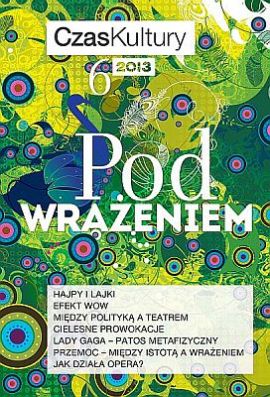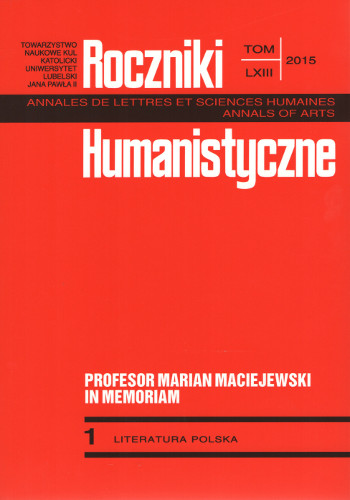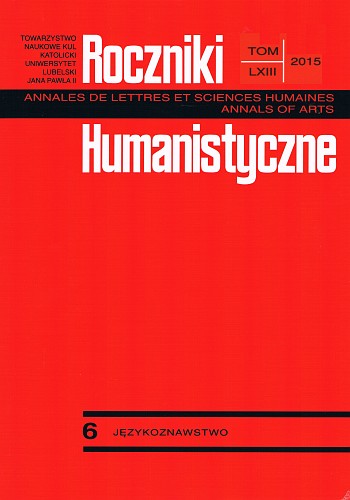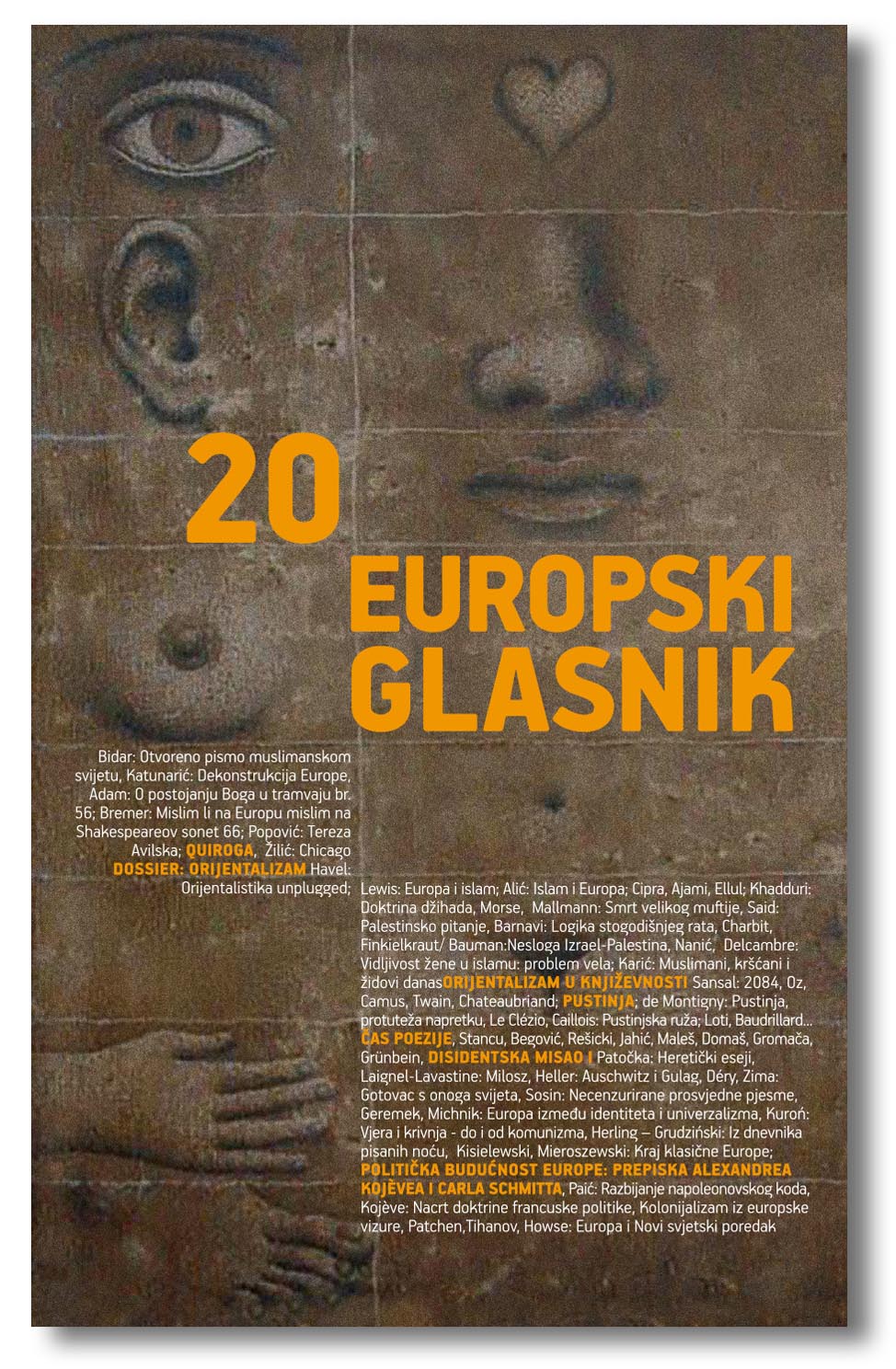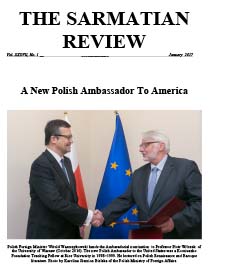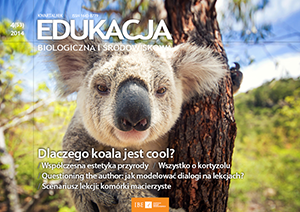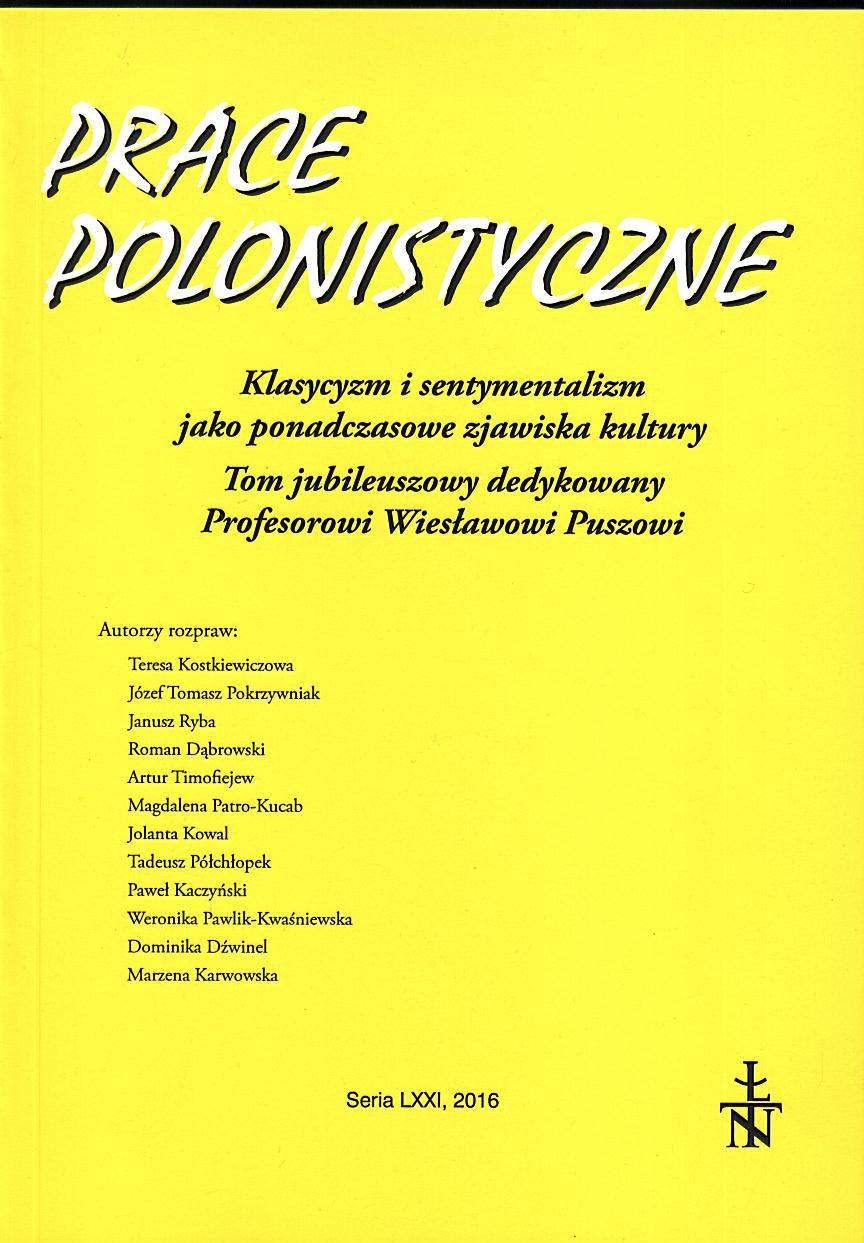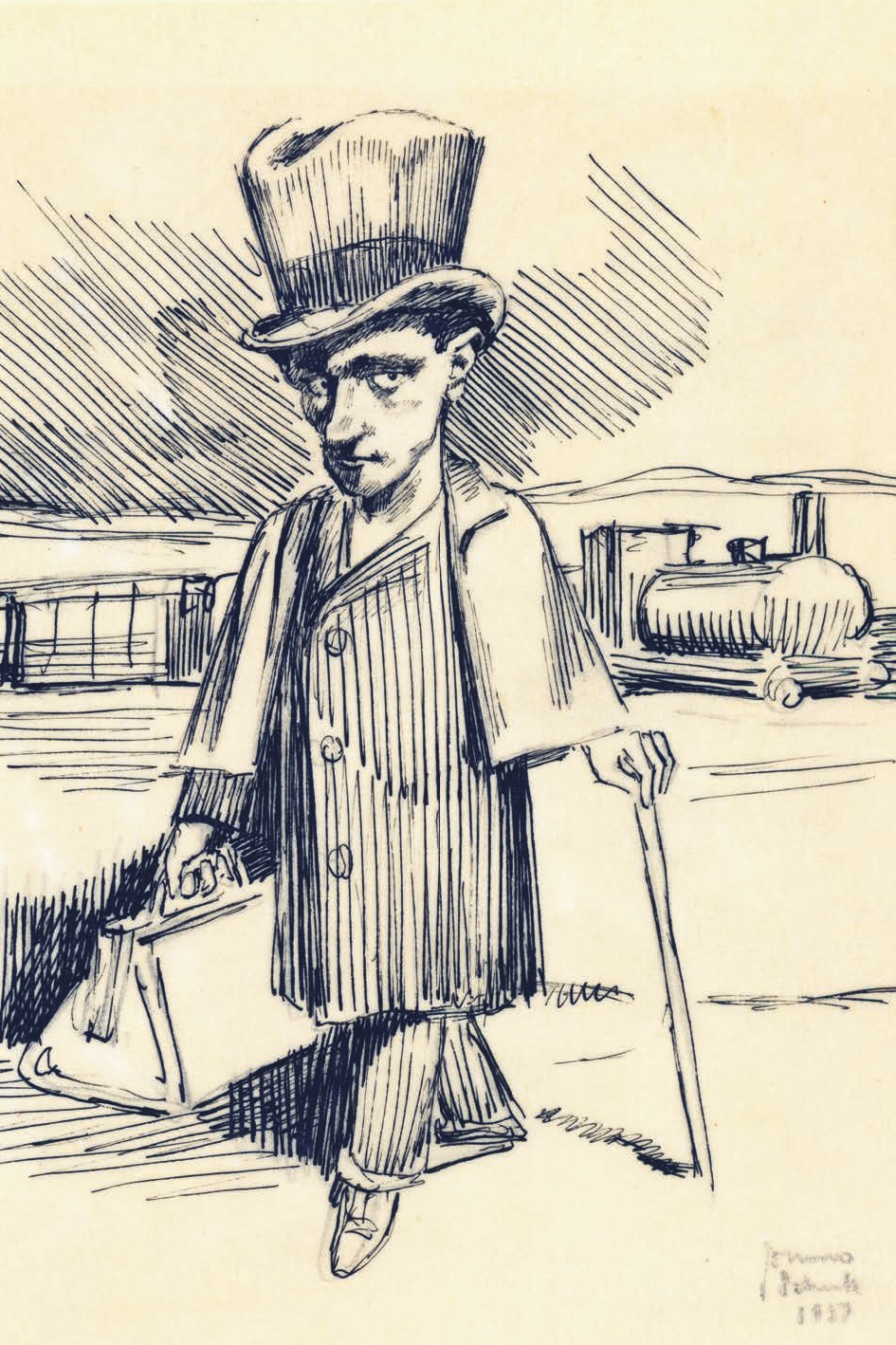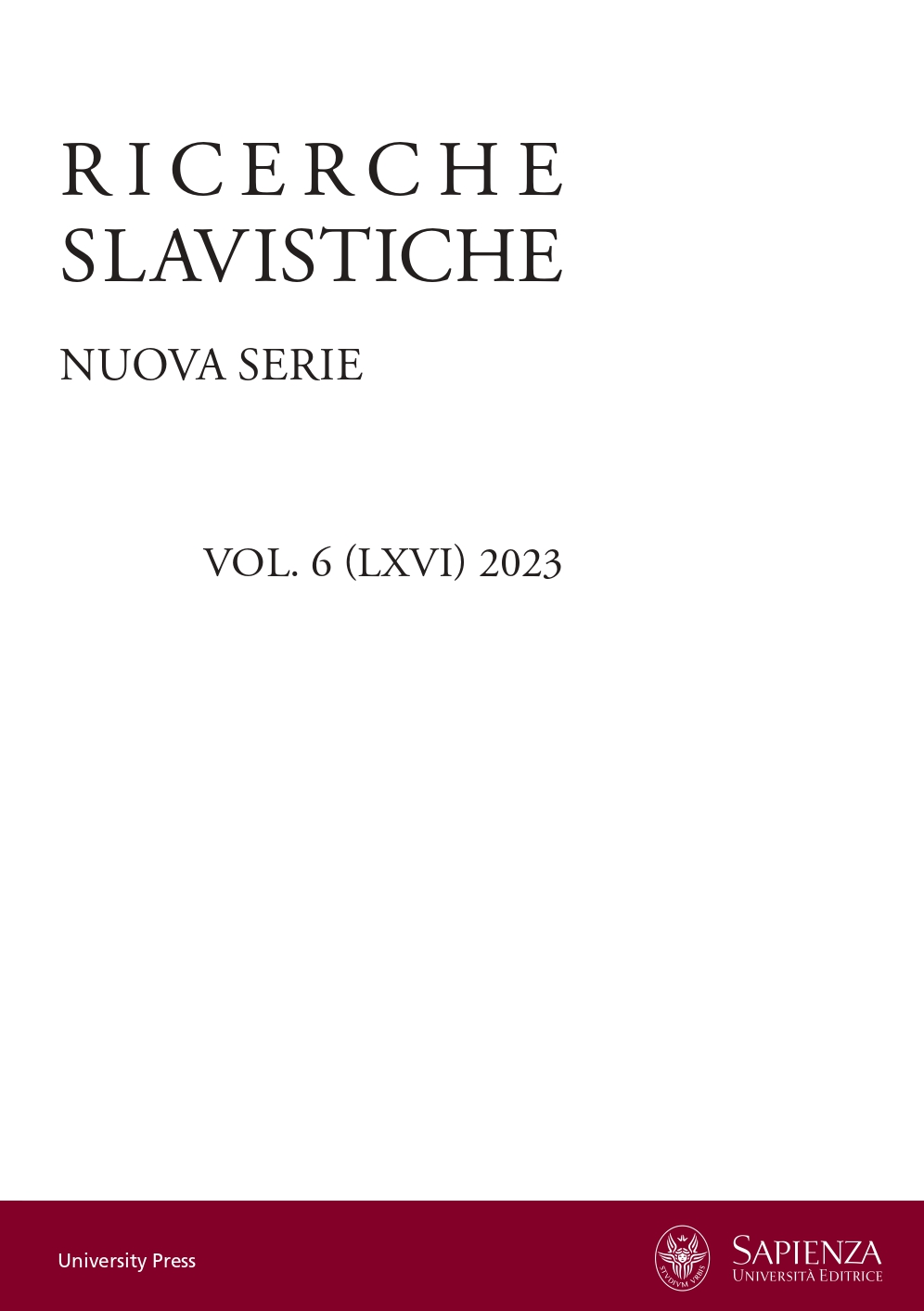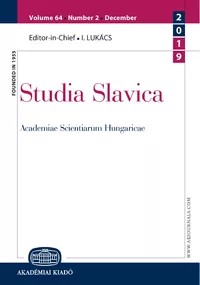Author(s): Ilka Papp-Zakor / Language(s): Polish
Issue: 1/2024
The key concept of my paper is ‘heterotopy’: a concept coined by the French philosopher Michel Foucault. Foucault defined heterotopies as “counter-places” which represent, contest and show in a crooked mirror all the places that can be found in a given society. All the people present in a heterotopy have at least one thing in common: the fact that they were selected to be there. This is an aspect of heterotopies, which Foucault, in my opinion, has slightly neglected. The act of selection is usually done based on a number of characteristic traits and in order to achieve some specific goals – a gesture dehumanizing in itself. Because of this, it comes as no surprise that in the literature of Holocaust concentration camps (typically: Auschwitz) are often con- ceptualized as such “counter-places”. In this paper, I propose that with the help of the heterotopic concept we can avoid the challenges that Holocaust literature traditionally has to face, i.e. that the topic might seem overexploited; that the categories of “victim” and “perpetrator” sometimes overlap; that the enormous number of victims makes empathy impossible, etc. I will not try to demonstrate separately that concentration camps belong to the category of heterotopies, as I consider it obvious. Instead, I will focus on two hetero-topic places found inside the camp, which are capable of representing the entire camp through metonymy: the so-called Puff (or brothel) and the lazarette. I am interested in exploring how people working in these institutions or using them were perceived by their fellow prisoners, from what perspective were they and the characteristic traits behind their selection seen, but also in the symbolic meaning these places had for the prisoners. Afterwards, I take a closer look at selected representations of the non-human world: on one hand, the nature (as a space, but also, at times, a heterotopy, in which the camp is located) and, on the other hand, the slaughterhouse and the zoo, the latter two being heterotopies located outside the camp but often functioning as its metaphors. I will assume here that the trauma of being dehumanized made us more empathetic towards our non-human fellow beings, who, until not long ago, were seen as completely deprived of any “human” traits. I would also like to take a closer look at the representations of human-animal, human-plant, etc. interactions in the context of the Shoah. In my analysis I will focus on works of several Polish-language authors (e.g. Seweryna Szmaglewska, Tadeusz Borowski, Stanisław Swen-Czachorowki, Tadeusz Śliwiak, Piotr Macierzyński, Jacek Podsiadło) who wrote about the Holocaust.
More...
